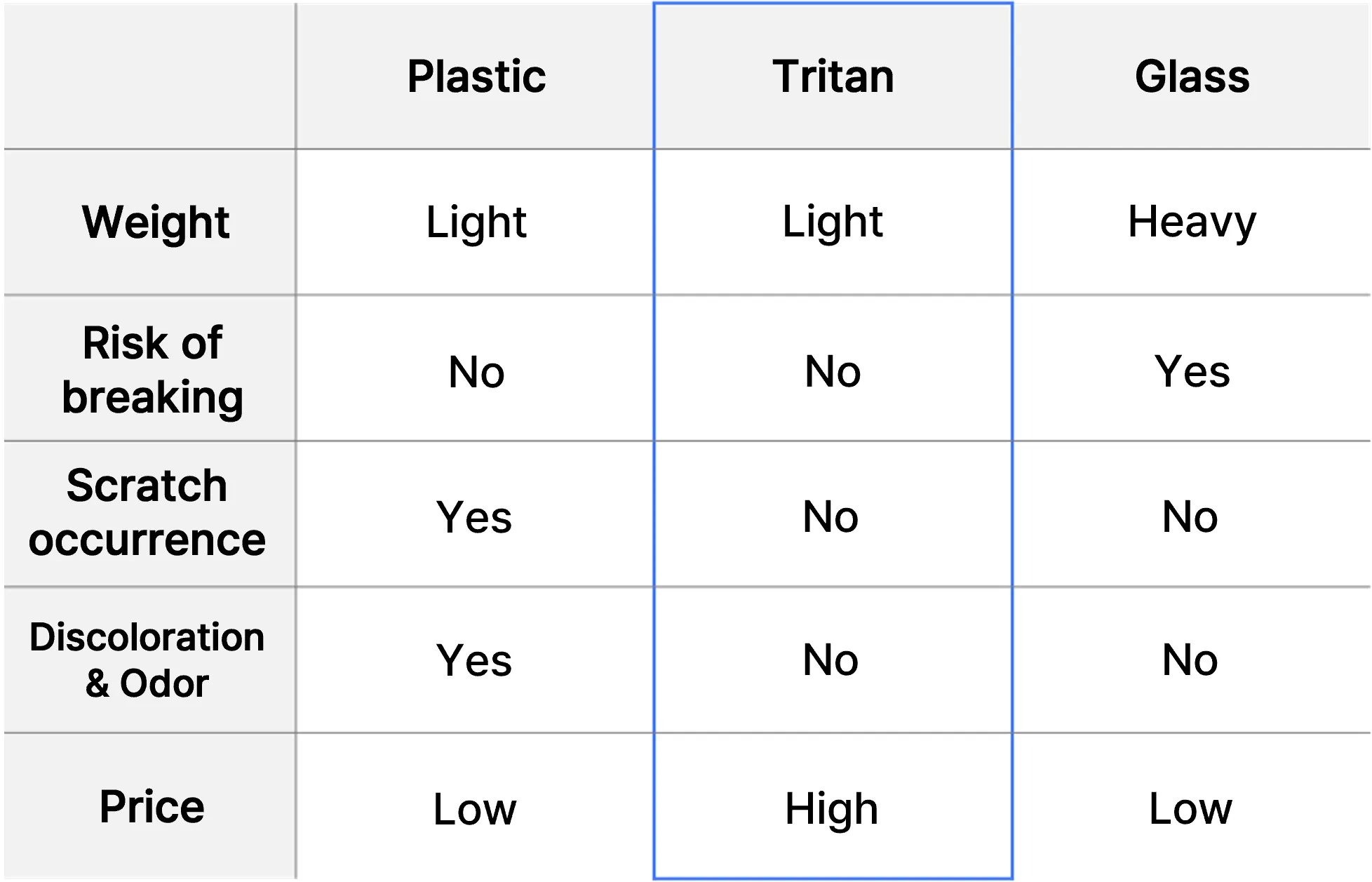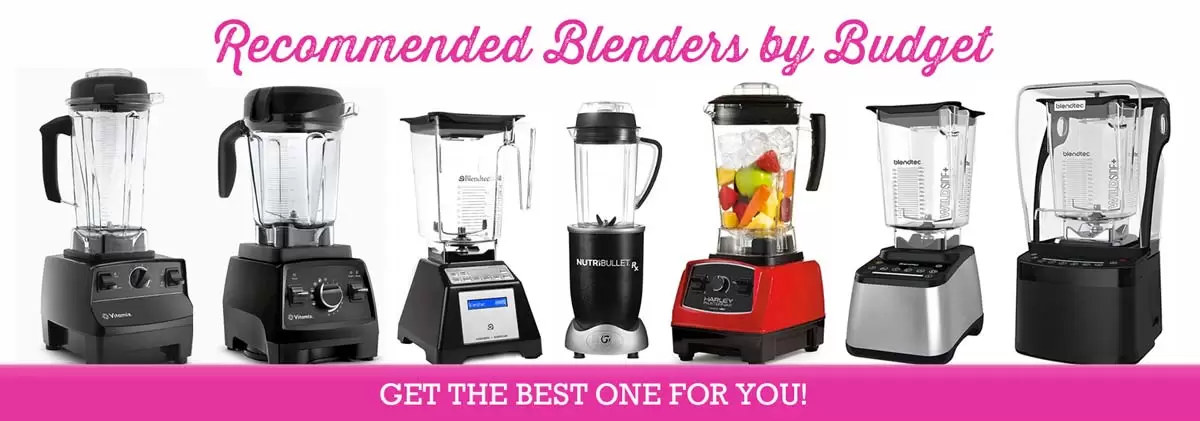Standing in the appliance aisle, you’re paralyzed by blender choices: a $30 stick model promising “smoothies in seconds,” a $600 countertop titan boasting “restaurant power,” and a cordless personal blender that fits in your gym bag. You grab one, bring it home, and discover the hard way it can’t crush frozen mango for your morning smoothie or overheats making weekly soup batches. The wrong blender becomes a dusty countertop paperweight—wasting money and sabotaging your cooking routine.
This guide cuts through marketing fluff with real-world testing data to match your exact kitchen habits to the right blender specs. You’ll learn precisely which wattage, jar size, and features prevent chunky margaritas and motor burnout—whether you’re making daily green smoothies, weekly puréed soups, or frozen cocktails for game night. Stop guessing and start blending like a pro with this actionable blueprint for choosing a blender that works for you.
Match Blender Type to Your Actual Cooking Habits

Countertop Blenders for Daily Heavy-Duty Tasks
If you make family-sized smoothies or nut butters weekly, a full-size blender is non-negotiable. Models with 48–64 oz capacity handle 3–4 smoothie servings at once, while 1,000W+ motors power through ice crushing and grain milling without stalling. The KitchenAid K150 proves mid-range models ($200) crush seven ice cubes to snow in 14 seconds—critical for frozen drinks—without the $600 Vitamix price tag. Warning: Budget models under 600W will struggle with frozen fruit, forcing you to pause and scrape ingredients mid-blend.
Immersion Blenders for Pot-to-Plate Simplicity
Skip transferring scalding soup to a countertop blender when a stick blender purées directly in your Dutch oven. Cordless models like the KitchenAid Cordless Hand Blender (400W) deliver 20 minutes of runtime for camping trips or small kitchens. Pro tip: Look for a pan guard attachment to prevent scratching cookware during use. These excel at baby food, whipped cream, and small-batch sauces but can’t handle ice or thick nut butters—don’t force them beyond 8–12 oz portions.
Personal Blenders for On-the-Go Nutrition
For single-serve protein shakes or commute-friendly smoothies, portable blenders like the Ninja Blast (1,200W cordless) blend directly into leak-proof 18 oz cups that fit car cup holders. Their compact size (just 1.1 lbs) and USB-C charging make them ideal for dorm rooms or offices. Critical reality check: Many underpowered personal blenders (<500W) leave frozen fruit chunks—verify wattage matches your toughest ingredients before buying.
Power Requirements Based on Your Toughest Ingredients

300–500W: Only for Soft Produce and Liquids
Budget blenders in this range handle bananas, yogurt, and fresh berries but choke on frozen fruit or ice. Expect 45–60 second blend times for basic smoothies and motor strain after 3 months of daily use. The Hamilton Beach Power Elite ($48) works for occasional use but fails the ice crush test—large chunks remain after 60 seconds. Avoid if you regularly use frozen ingredients.
600–900W: The Sweet Spot for Frozen Cocktails and Kale
This wattage range tackles weekly ice crushing and fibrous greens without burning out. The Ninja Professional ($100) maintains vortex action for 48 oz margaritas in 25 seconds—critical for Friday night entertaining. Look for: A tamper tool to push thick blends toward blades (like hummus or frozen desserts) and overload protection to prevent motor failure.
1,000W+: Essential for Daily Nut Butters and Grain Milling
If you make almond butter or oat flour weekly, invest in professional-grade power. Vitamix’s 1,490W motor (2HP equivalent) mills grains in 45 seconds while maintaining speed under heavy loads. Key indicator: Check for direct-drive motors (not belt-driven) which transfer 95%+ power to blades versus 70% in budget models. This justifies the $500+ price for daily users.
Jar Material Choices That Impact Longevity

Tritan Plastic: Lightweight But Stain-Prone
Most mid-range blenders use shatterproof Tritan jars (like Ninja Nutri-Blender Plus), but they absorb turmeric and berry pigments over time. Prevention: Rinse immediately after using staining ingredients and scrub with baking soda paste monthly. Never dishwasher-clean blade assemblies—hand wash to preserve sharpness.
Glass Jars: Premium Feel With Weight Trade-Offs
Glass resists odors and stains (ideal for garlic sauces) but adds 3+ pounds—problematic for commuters. Vitamix 7500’s glass jar stays pristine but measures 18.5″ tall, requiring cabinet clearance above standard 17″ heights. Critical check: Verify your under-cabinet space before buying—measure twice!
Critical Features That Prevent Daily Frustrations
Speed Control: Why 3+ Settings Are Non-Negotiable
Blenders with only “high” and “pulse” turn salsa into soup. Opt for 5–12 speeds plus pulse for texture control: low for emulsifying mayo, high for ice crushing. The Breville Super Q’s Intelli-Speed automatically ramps power when sensing resistance—preventing the “chunky smoothie” nightmare.
Presets That Save Real Time
Dedicated ice crush and self-clean cycles are worth the upgrade. A true self-clean function (like Ninja’s 30-second warm water + soap cycle) eliminates blade disassembly. Red flag: Models advertising “self-clean” but requiring manual scraping after 60 seconds—check recent user reviews.
Budget Breakdown by Your Real Usage

$50–$150: Best for Weekly Frozen Drinks
The Ninja Professional ($100) delivers 1,000W power and dishwasher-safe parts for family margarita nights. Its 70-oz pitcher fits under most cabinets (16.8″ tall), and the 1-year warranty covers typical 2–3 year lifespans. Skip if you make daily nut butters—motor bearings fail under constant strain.
$200–$400: The Daily Smoothie Sweet Spot
Breville Fresh & Furious ($200) creates perfect mayo in 60 seconds and crushes ice quietly (68 dB). Its 56-oz jar fits under cabinets (16.5″ height) and includes a 3-year warranty. Invest here if you blend 5+ times weekly—the direct-drive motor lasts 7+ years with proper care.
Pre-Purchase Checklist: Avoid Regret
- Measure cabinet height: Anything over 17″ (like Vitamix 7500 at 18.5″) won’t fit standard cabinets.
- Test your hardest recipe: If frozen mango is weekly, demand ice-crush test data from reviews.
- Calculate total cost: A $80 Nutri-Blender jumps to $120 with extra cups and travel lids.
- Verify warranty service: Vitamix’s 7-year coverage means little if the nearest service center is 200 miles away.
Maintenance Moves That Extend Lifespan
Self-clean cycles handle 80% of cleanup, but stubborn stains need intervention. Do this weekly: Fill jar halfway with warm water, add 1 tbsp baking soda, and blend 60 seconds. For blade maintenance, hand-wash assemblies immediately after use—dishwasher heat dulls stainless steel edges over time. Critical habit: Never run motors dry for ice crushing; always add ¼ cup liquid to lubricate blades and prevent overheating.
Choosing a blender shouldn’t mean gambling on marketing claims. Match your three most frequent recipes to verified performance data—like the KitchenAid K150’s 14-second ice crush for margarita lovers—and ignore “kitchen hero” hype for tasks you’ll never attempt. A $200 Breville Fresh & Furious outperforms a $600 Vitamix in small kitchens simply because it fits under your cabinets and handles weekly soup batches without strain. Start by measuring your cabinet space and listing your toughest ingredients, then use this guide to find the blender that earns its counter space every single day. Your perfect smoothie, soup, or salsa awaits—no more frozen fruit chunks or motor burnout.
